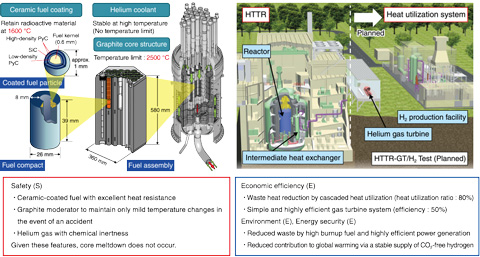
Fig.6-1 Features of HTGR and plan of HTTR-GT/H2 test
Japan’s energy supply–demand structure is fragile because of its excessive dependence on imported fossil resources. To remedy this situation while reducing greenhouse gas emissions that cause global warming, Japan is advancing the use of safe nuclear energy.
High Temperature Gas-cooled Reactor (HTGR) is a nuclear reactor with various industrial uses, including high-efficiency power generation by a helium gas turbine and hydrogen production, as shown in Fig.6-1. “Chapter 3. Promotion of technology development, 2. Technical challenges to be addressed” of the 5th Strategic Energy Plan, decided by the Cabinet in July 2018, mentions that “Under international cooperation while looking at overseas market trends, GOJ also facilitates R&D of nuclear technologies that serves the safety improvement of nuclear use, such as HTGRs which are expected to be utilized in various industries including hydrogen production and which has an inherent safety”.
JAEA has Japan’s only HTGR, the High Temperature Engineering Test Reactor (HTTR) in Oarai, Ibaraki-ken. The HTTR, constructed by domestic technologies, is the only HTGR worldwide that can extract heat from the reactor at 950 ℃. The HTTR attained a reactor outlet temperature of 950 ℃ in 2004 and continuously and stably operated for 50 days in 2010, thus demonstrating a stable supply of high-temperature nuclear heat. The inherent safety features of the HTGR were confirmed in a loss-of-forced-cooling test without inserting the control rod. In these tests, the reactor intrinsically shut down and maintained a stable state.
Recently, the industrial, academic, and governmental council which was established following a recommendation from the WG of R&D on HTGR technologies, the Nuclear Science and Technology Commission, under the Ministry of Education, Culture, Sports, Science and Technology (MEXT) has been developing strategies for commercializing HTGRs and deploying Japanese HTGR technologies overseas. This has involved the establishment of a cooperation policy and domestic organization structure for an experimental and commercial reactor in Poland. Development structure for HTGR through international cooperation is under establishing. We aim to expand overseas the most advanced HTGR technology in the world, cultivated through the design, safety review, construction, operation, maintenance, and safety evaluation of HTTR, and to return the demonstrated results by overseas projects to Japan.
Recent developments in the development of HTGR technology have included the study of graphite material aiming to cost reduction, the development of a high burnup fuel through international cooperation, and a conceptual study on a system to complement intermittent renewable energy (Topics 6-1, 6-2, 6-3, respectively). In research on the thermochemical iodine–sulfur (I–S) process, which is an innovative hydrogen production technology using the heat of HTGR, JAEA has developed a strength evaluation method for ceramic components, a corrosion test apparatus for corrosion-resistant metallic materials, and a shaft seal system for a liquid hydrogen iodide transfer pump (Topics 6-4, 6-5, 6-6, respectively). An evaluation method for the collapse impact of a stack to the HTTR using 3D realistic collision analysis was developed (Topic 6-7).
On June 3rd, 2020, JAEA obtained permission by the Nuclear Regulation Authority to modify the reactor installation of the HTTR in conformity to the New Regulatory Requirements without large-scale modifications nor added reinforcements against earthquakes due to the inherent safety features of the HTGR. The HTTR is now in the final preparation stage toward restarting.